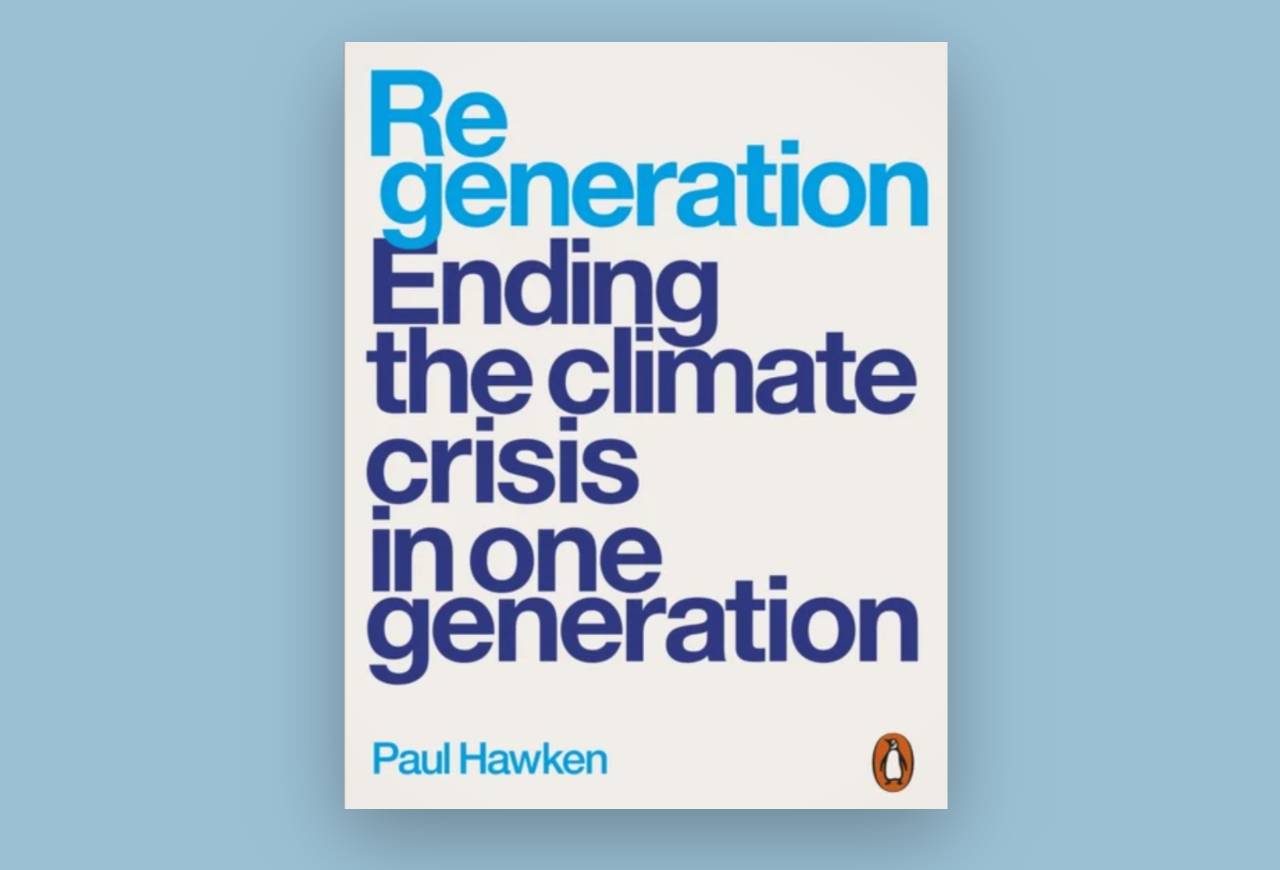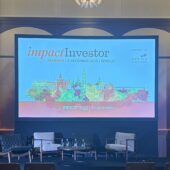A stylish and engaging book with outstanding photographs but too misty-eyed for our contributor Christopher Walker. However, he still thinks you should read it

In brief
- A stylish and engaging book packed with outstanding photographs if perhaps a few too many lists
- We “live on a dying planet” and the only way to reverse this is a whole scale campaign of regeneration
- There is a lot of interesting material on re-wilding, reforestation and biodiversity
- But it is too misty-eyed and too politically-naïve. The debate about climate change has moved on
Paul Hawken is one of the environmental movement’s leading voices and has dedicated his life to “changing the relationship between business and the environment”. He has founded several impact-oriented companies including Erewhon, using sustainable agricultural methods, and Energy Everywhere.
His political credentials are equally impressive. He was a press advisor to Martin Luther King, at the tender age of 19, while holding down a job as a staff photographer for The Congress of Racial Equality on the side.
It is no surprise that ‘Regeneration’ is a stylish treatise, somewhere between a press release and a political manifesto. And the photographs are simply outstanding. I would recommend the book for them alone.
A stylish treatise
There are plenty of well-turned phrases that border on political slogans. “The climate crisis is not a science problem. It is a human problem.” Or even pithier: “We are either stealing the future or healing the future.”
Less attractive is the author’s fondness for lists. “We take, we dam, we enslave, we exploit, we frack, we drill, we poison, we burn, we cut, we kill,” and “the proximate causes of the climate crisis are cars, buildings, wars, deforestation, poverty, oil, corruption, coal, industrial agriculture, overconsumption, and fracking”.
When discussing the two dozen Arctic cultures impacted, he just can’t help listing – the Inuit, Yupik, Chukchi, Aleuts, Saami, Nenets, Athabaskan, Gwich’in, and Kalaalli…I was just grateful he resisted naming the other fifteen.
Nonetheless this is a highly accessible book. We are given a section on “How to use this book,” and I am sure many of us in the impact investing industry will find its “Action & Connection” appendix highly useful.
“We live on a dying planet”
Hawken asserts “we live on a dying planet”, not in the sense that the planet itself will die. “Nature never makes a mistake. We do. The Earth will come back to life no matter what. Nations, peoples, and cultures may not.”
So what’s his solution? “The only effective and timely way to reverse the climate crisis is the regeneration of life.” Quite what he means by this statement is the subject of the book.
Despite this gloom it is a remarkably positive work. As the author observes, “for decades it was assumed that if we were able to stop our carbon emissions, the momentum of warming would continue for centuries. That was mistaken. Climate science now indicates that global warming would begin to recede after we achieve zero carbon emissions”.
It is also particularly empowering. “The agent who can head off the climate crisis is reading this sentence.” I said Hawken has a way with words.
There is a lot of interesting material in the chapters on oceans, forests, wilding and land. This is all good stuff, and you really should read this book.
So why did I come away hating it? In a nutshell, it is too misty-eyed. There is too much of the naïve politics of the American left when the debate on climate change has moved on.
Thus we are told “the financial system is abetting and investing in planetary liquidation” and treated to the usual polemics on the usual suspects. He even tells us that the backgrounds of 600 prominent bankers were recently analysed and that more than 70 “had work for major corporate emitters”. I was surprised it was only 70.
He comes close to calling for world disarmament, writing before Russia’s invasion of Ukraine. Perhaps the biggest single set-back to fighting climate change so far this century. And while he decrees the great divide in US politics, he gives the Republican right plenty of material to confirm their accusation that sustainability is a leftist conspiracy to sneak through socialism. Just read Hawken’s comments on “Equity”.
And where, oh where, is China? We are told endlessly of its green initiatives “the nature corridor along the pearl River,” the “largest solar farm in the world” in Anhui, even its “Clean Plate campaign against food waste”. But somehow the author skips over the fact that China is building more new coal-fired power stations than the entire US fleet, and that it emits more CO2 that the US and EU put together.
“If you are feeling pessimistic or defeatist, read some or all of the book, and then turn to the end. It may change your mind,” says the author. The question is, which way?






